tf.train.Example and tf.train.Feature
例子:
#coding:utf-8import tensorflow as tfimport numpy as npimport IPython.display as displaydef _bytes_feature(value):"""Returns a bytes_list from a string / byte."""if isinstance(value, type(tf.constant(0))):value = value.numpy() # BytesList won't unpack a string from an EagerTensor.# if isinstance(value, list):# return tf.train.Feature(bytes_list=tf.train.BytesList(value=value))return tf.train.Feature(bytes_list=tf.train.BytesList(value=[value]))def _float_feature(value):"""Returns a float_list from a float / double."""# if isinstance(value, list):# return tf.train.Feature(float_list=tf.train.FloatList(value=value))return tf.train.Feature(float_list=tf.train.FloatList(value=[value]))def _int64_feature(value):"""Returns an int64_list from a bool / enum / int / uint."""# if isinstance(value, list):# return tf.train.Feature(int64_list=tf.train.Int64List(value=value))return tf.train.Feature(int64_list=tf.train.Int64List(value=[value]))print(_bytes_feature(b'test_string'))print(_bytes_feature(u'test_bytes'.encode('utf-8')))print(_float_feature(np.exp(1)))print(_int64_feature(True))print(_int64_feature(1))# convert feature to searilize stringprint("SerializeToString:", _int64_feature(True).SerializeToString())# 随机生成feature 数据# The number of observations in the dataset.n_observations = int(1e4)# Boolean feature, encoded as False or True.feature0 = np.random.choice([False, True], n_observations)# Integer feature, random from 0 to 4.feature1 = np.random.randint(0, 5, n_observations)print("feature1:", feature1)# String featurestrings = np.array([b'cat', b'dog', b'chicken', b'horse', b'goat'])feature2 = strings[feature1]# Float feature, from a standard normal distributionfeature3 = np.random.randn(n_observations)def serialize_example(feature0, feature1, feature2, feature3):"""Creates a tf.Example message ready to be written to a file."""# Create a dictionary mapping the feature name to the tf.Example-compatible# data type.feature = {'feature0': _int64_feature(feature0),'feature1': _int64_feature(feature1),'feature2': _bytes_feature(feature2),'feature3': _float_feature(feature3),}# Create a Features message using tf.train.Example.example_proto = tf.train.Example(features=tf.train.Features(feature=feature))return example_proto.SerializeToString()# This is an example observation from the dataset.example_observation = []serialized_example = serialize_example(False, 4, b'goat', 0.9876)print("serialized_example:", serialized_example)# 解码消息example_proto = tf.train.Example.FromString(serialized_example)print("example_proto:", example_proto)


























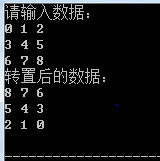
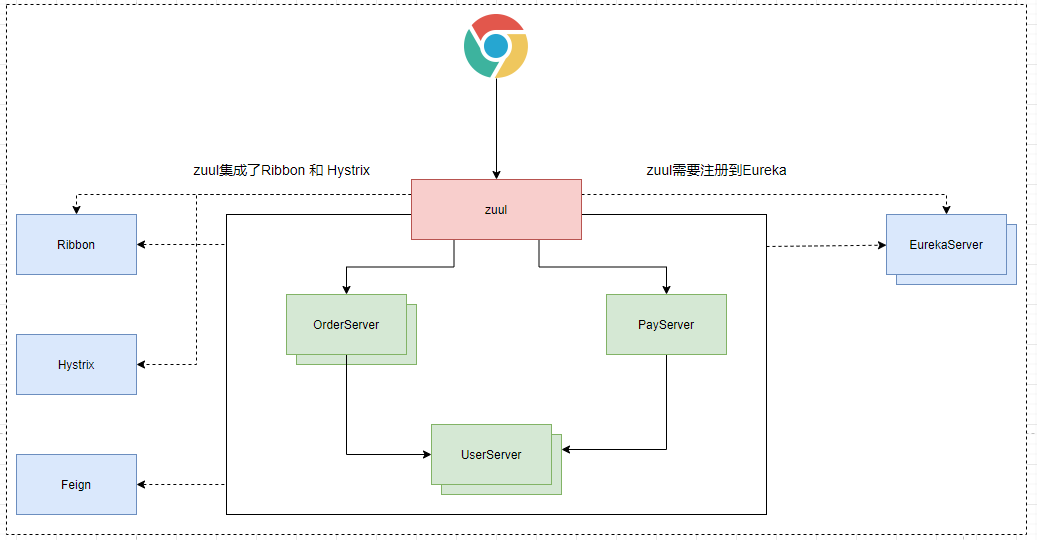
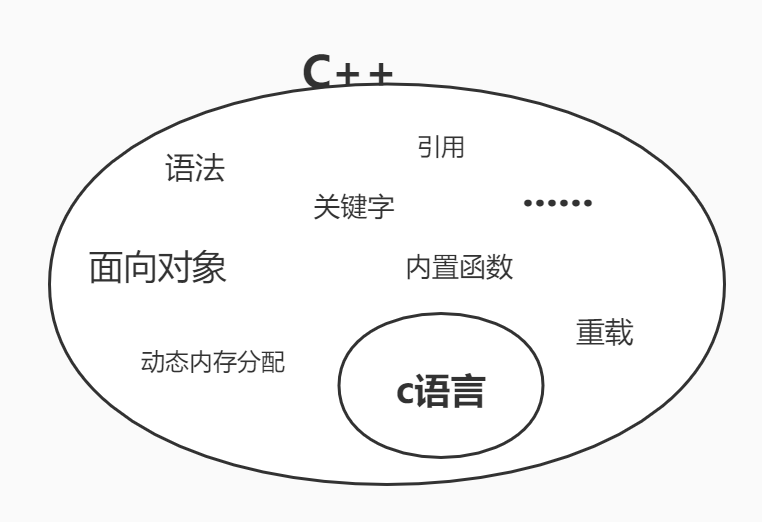

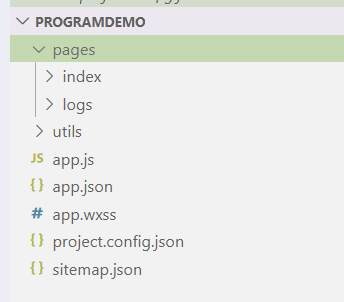
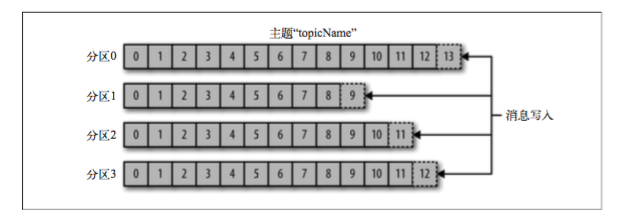



还没有评论,来说两句吧...